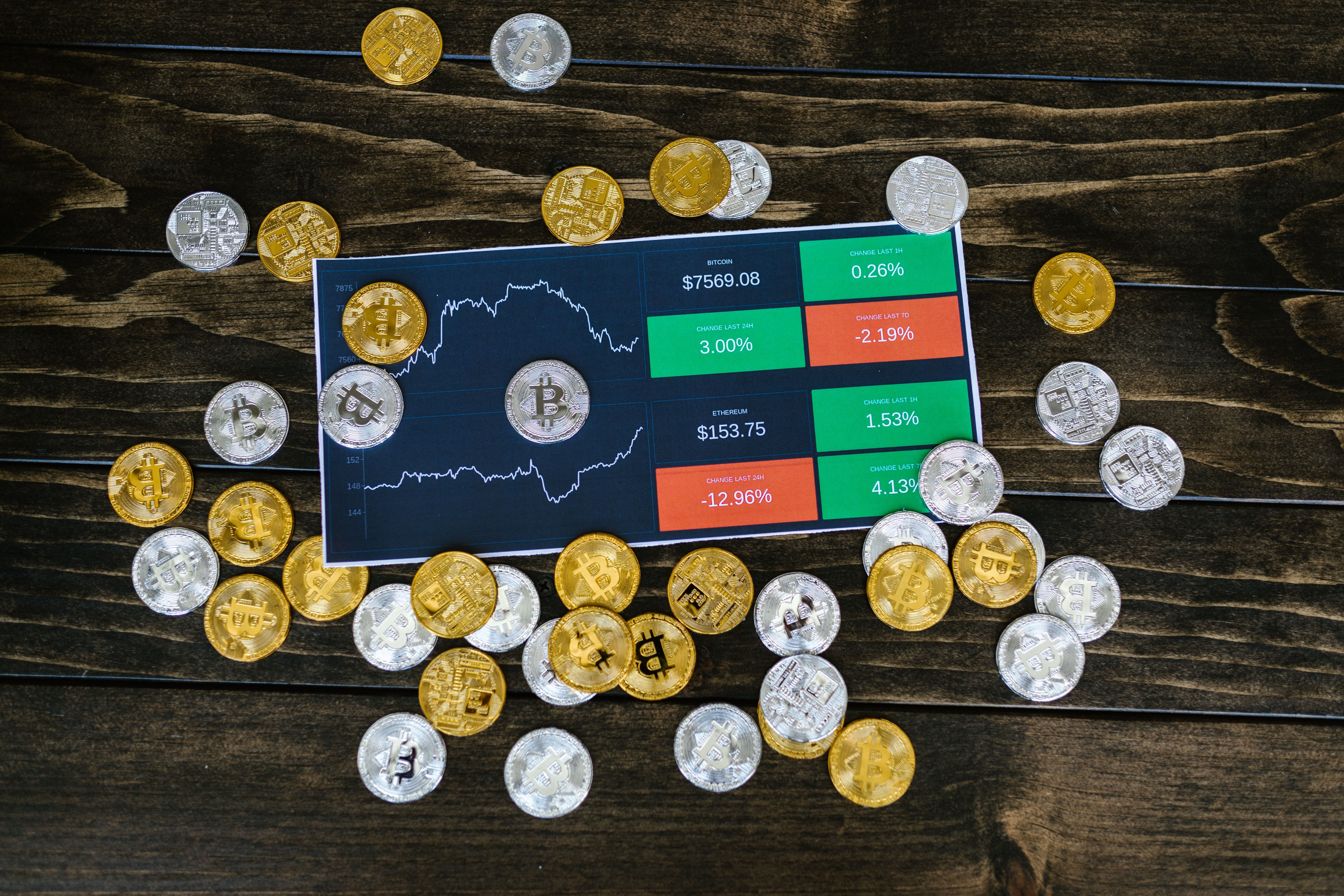Crypto markets can be volatile. Since their inception, cryptocurrencies like Bitcoin and Ethereum have seen massive spikes and drops in value – sometimes even within minutes – and many investors have been shaking their heads and wondering how such volatility can even occur.
Crypto volatility is an issue that many traders and investors worry about when investing in cryptocurrencies. But why do we see fluctuations in the price of Bitcoin and other coins? Why is the crypto market so volatile?
Reasons behind cryptocurrency market volatility
Crypto or digital currencies are the future of money. They are fast and secure means of transaction that are not subject to any government control or interference. At the time of writing, the global crypto market cap is $1.2 trillion, a change of -39% from 2021.
Crypto is a high-risk, high-return investment asset class, and trading it requires a lot of analysis and understanding of the underlying technology and market drivers.
Cryptocurrencies are volatile by design. Cryptocurrency markets are highly speculative and no established regulatory regime exists for their trading. Therefore, cryptocurrencies trade at a more unpredictable rate than stocks and bonds. This unpredictability can be a good thing or a bad thing, depending on an investor’s point of view. For example, if you bought Bitcoin when they were $20 in 2011 and held them until they hit $20,000 in 2017, you got a 1000x return!
On the other hand, if you bought Bitcoins when they were $10,951 in 2018 and sold them for $3,847 in 2019, you lost about 70% of your investment. Which begs the question: What factors contribute to fluctuations in crypto prices?
1. Supply and demand
To understand the volatility of cryptocurrencies, it is important to understand how their supply changes as more people buy them and as the mining process continues to produce new coins. When more people want to buy Bitcoin or Ethereum, these coins increase in value because the demand has increased. The increased demand and limited supply of coins (there will only be 21 million Bitcoins) creates a price increase because more people want to buy them than are available for sale.
However, as the amount of available coins increases, the price of those coins will decrease because more people will have the incentive to buy them, and more of them will be willing to sell them. Thus, the market becomes more competitive, and prices may fall as a result.
Therefore, cryptocurrencies that have many coins in circulation experience lower prices than cryptocurrencies that do not have as many coins in circulation. This is because when there are more coins on the market (which means less demand), the price goes down, and this is one of the reasons why Dogecoin is unlikely to ever reach $1. This applies not only to cryptocurrencies, but also to shares and other financial instruments.
2. Speculation and hype
One of the main factors that contribute to crypto price fluctuations is speculation and hype. When a new cryptocurrency is launched, it usually experiences an initial spike of excitement when people hear about it for the first time. This often causes people to rush to buy and sell the new coin, driving the price up to unsustainable levels.
When people consider the coin overvalued and lose money on it, the hype and speculation dies and eventually leads to a price collapse when the bubble bursts. It is quite common for cryptocurrencies to experience large peaks and then crash as a result. Influencers and celebrities also contribute to fluctuations in crypto prices. For example, Dogecoin dropped 91% after Elon Musk’s SNL appearance in May 2021.
3. Production costs
The cost of producing tokens depends on two main factors: the hashrate of the network and the power consumption of the network. In a proof-of-work system like those used in Bitcoin and Ethereum, miners compete to solve complex mathematical problems in order to be rewarded with new tokens. The more competition there is to mine a certain cryptocurrency, the harder it is to mine and the less profitable it is for miners to continue mining it.
Miners can theoretically give up and switch to another cryptocurrency when their mining isn’t paying off anymore. However, this creates short-term volatility in cryptocurrency prices as miners switch to more profitable tokens or hold tokens for longer periods of time. This volatility can even affect the long-term success of certain tokens and cause them to lose market share over time.
Consequently, as mining costs increase, so does an increased value of the cryptocurrency. Miners will not continue mining if the value of the currency they mine is not high enough to cover their costs. Bitcoin mining is a good example, with the price adjusted for miners.
4. Competition
There are thousands of different cryptocurrencies, with new projects and tokens being launched every day. But when competition becomes too intense, it can lead to a drop in prices by driving down the value of all cryptocurrencies, including Bitcoin and Ethereum.
5. Regulations and legal requirements
One factor driving lower cryptocurrency prices is the volatility of governments around the world that appear to be cracking down on cryptocurrencies. For example, China banned Initial Coin Offerings (ICOs) and froze trading in a number of cryptocurrencies back in September 2017. This caused the price of Bitcoin to drop significantly over a period of time.
6. Crypto whale
Crypto whales are major holders of cryptocurrencies. They usually have huge amounts of crypto and money at stake and can move the market significantly by buying or selling large amounts of crypto. For example, if a person owns the fourth largest Bitcoin wallet in the world and they decide to withdraw some of their Bitcoin, this can cause the price of Bitcoin to fluctuate significantly in the short term.
Crypto whales can manipulate crypto prices, regardless of cryptocurrency, be it Bitcoin, Ethereum, Dogecoin or other.
The Future of Cryptocurrencies
The 2022 bear market has caused many people in the cryptocurrency industry to question the viability of cryptocurrencies as a whole. While some crypto supporters believe that markets will eventually stabilize and that cryptocurrencies will continue to gain value over time, others are more pessimistic about the future of cryptocurrencies as a whole.
Ultimately, only time will tell if cryptocurrencies will ever reach their full potential as a global currency and payment method or if the technology that underpins them will be relegated to a technological dead end.




